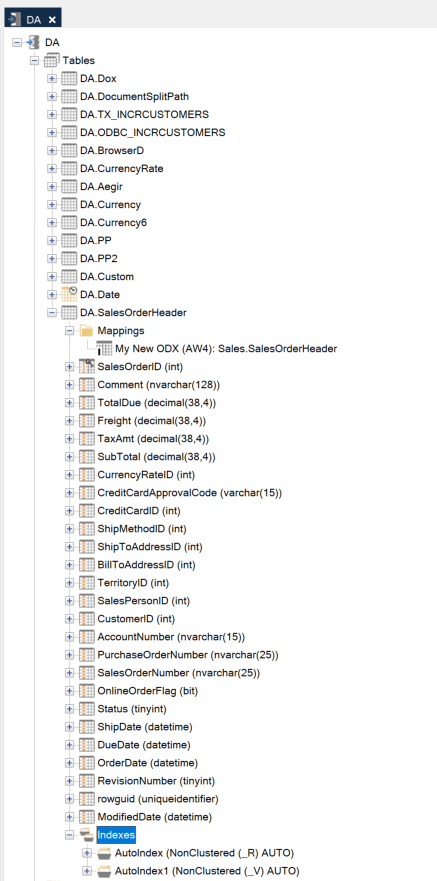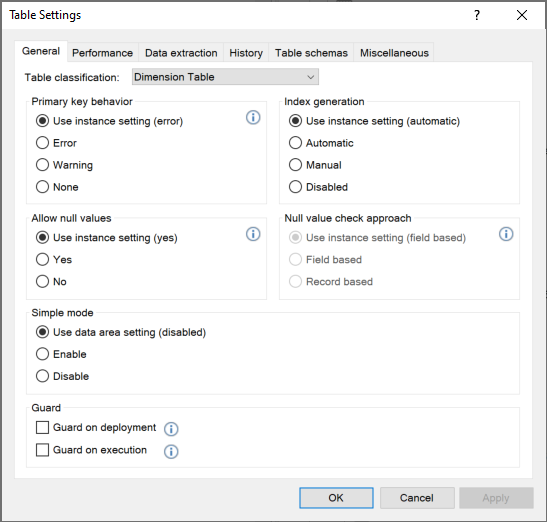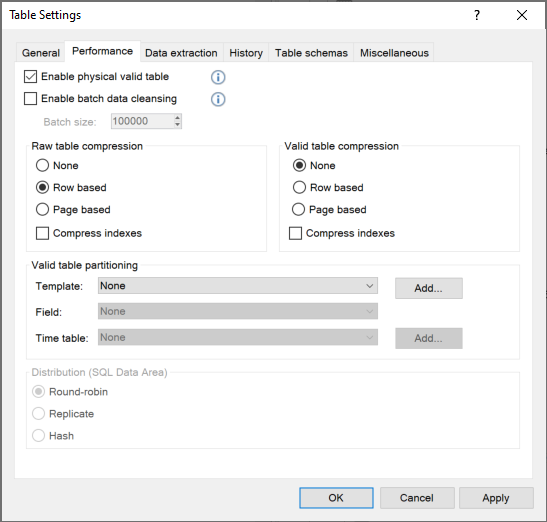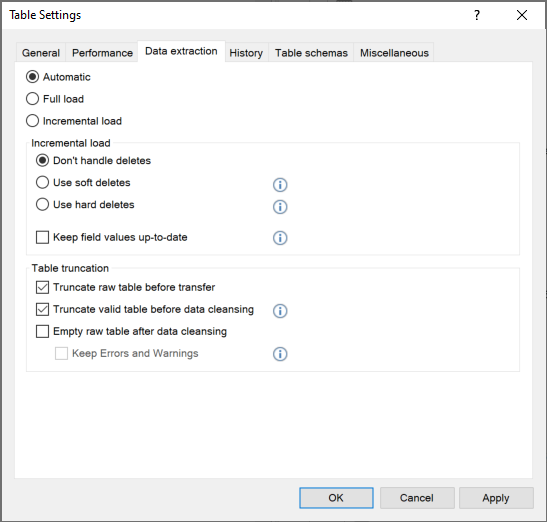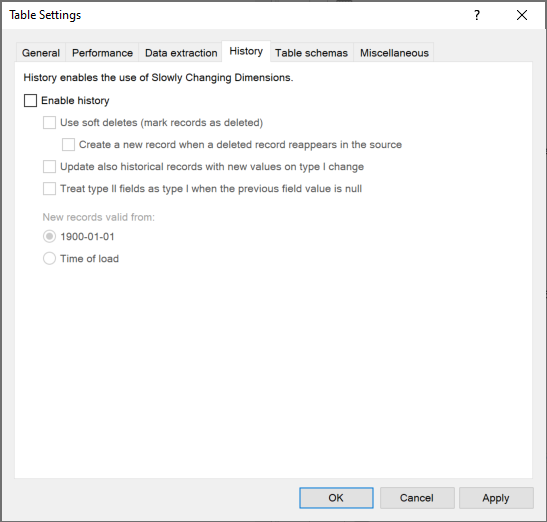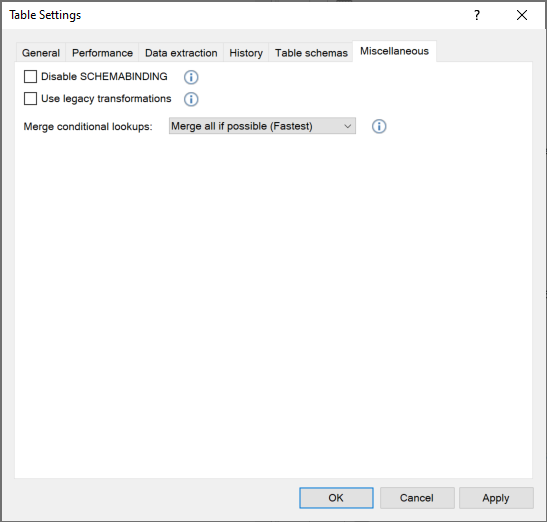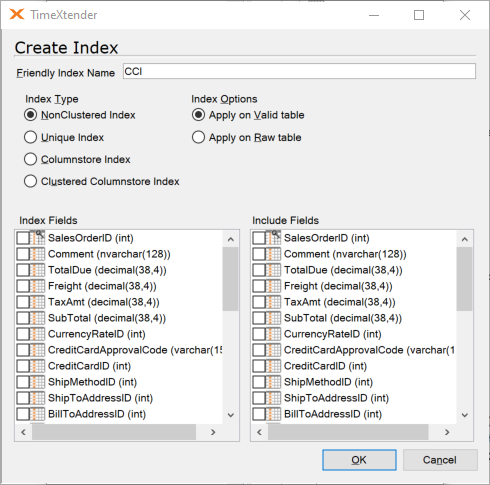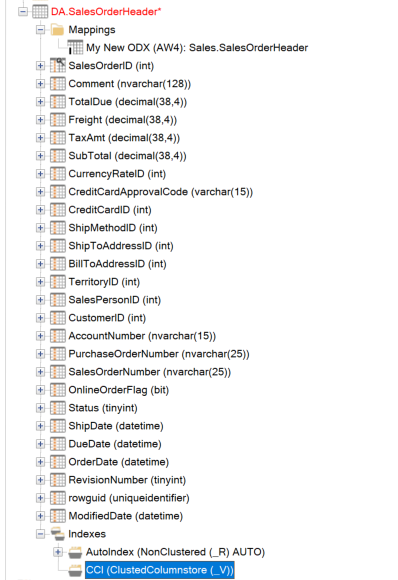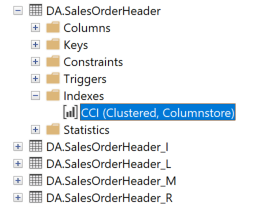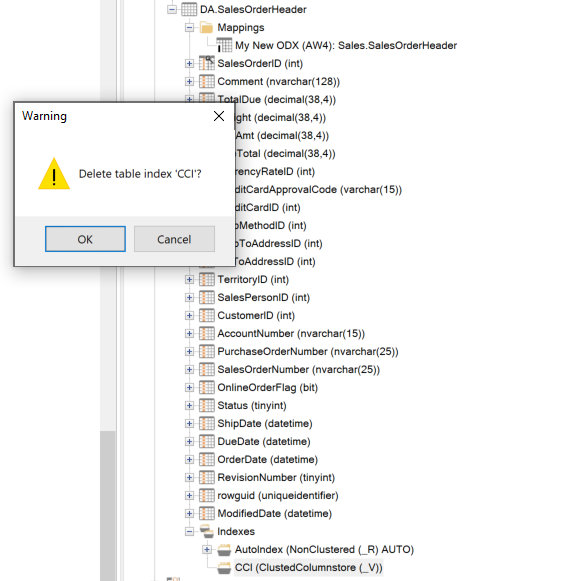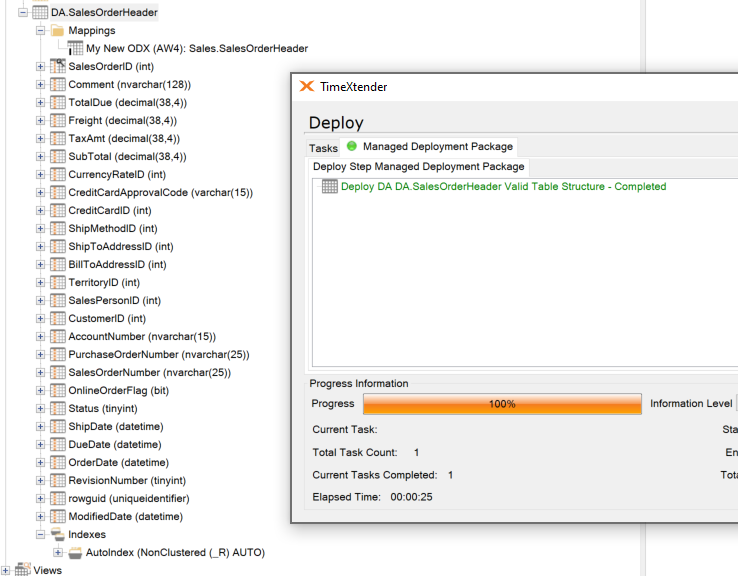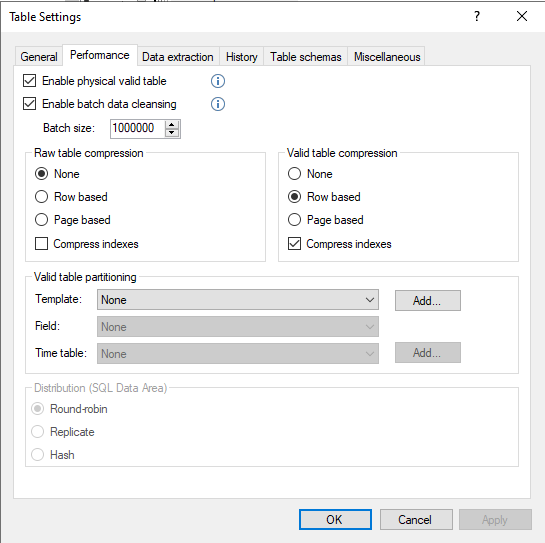Hi Everyone,
I was playing around with Clustered Column Store indexes to see if it would help increase performance of reading data from our DWH. It didn't help so i wanted to revert to the old situation by removing the index.
However, on deploy i get an error message and i'm not sure i'm doing something wrong here.
I basically just created a Clustered Column Store index, deployed deleted it again and deployed. On the last deploy i get this error message (so the problem is in deleting the index somehow):
An error occurred during update table. See exception details for the failing object: Exception occurred during execution of RebuildHeap process. An exception occurred while executing a Transact-SQL statement or batch.. failed for Table 'MDW.FactHistStockManagementData'.
This is not a valid data compression setting for a columnstore index. Please choose COLUMNSTORE or COLUMNSTORE_ARCHIVE compression.
I've ran the profiler against the deployment and it seems the error is coming from this statement:
ALTER TABLE [MDW].[FactHistStockManagementData] REBUILD PARTITION = ALL
WITH
(DATA_COMPRESSION = ROW
)Has anyone encountered this before?


